The main causes of poor performance in horses

How to get a shiny coat for your horse
26 April 2023The main causes of poor performance in horses
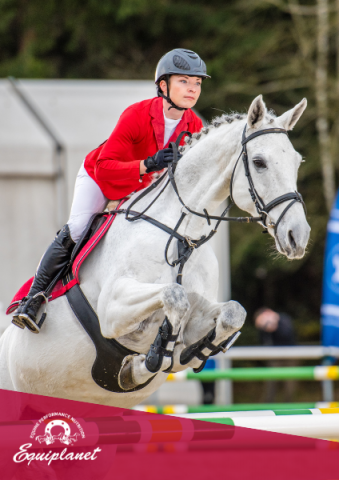
Sometimes our horses do not perform in training and competition as well as we would like. This can be traced back to different causes that must be taken into account to improve management, training, nutrition and consequently the horse’s wellbeing.
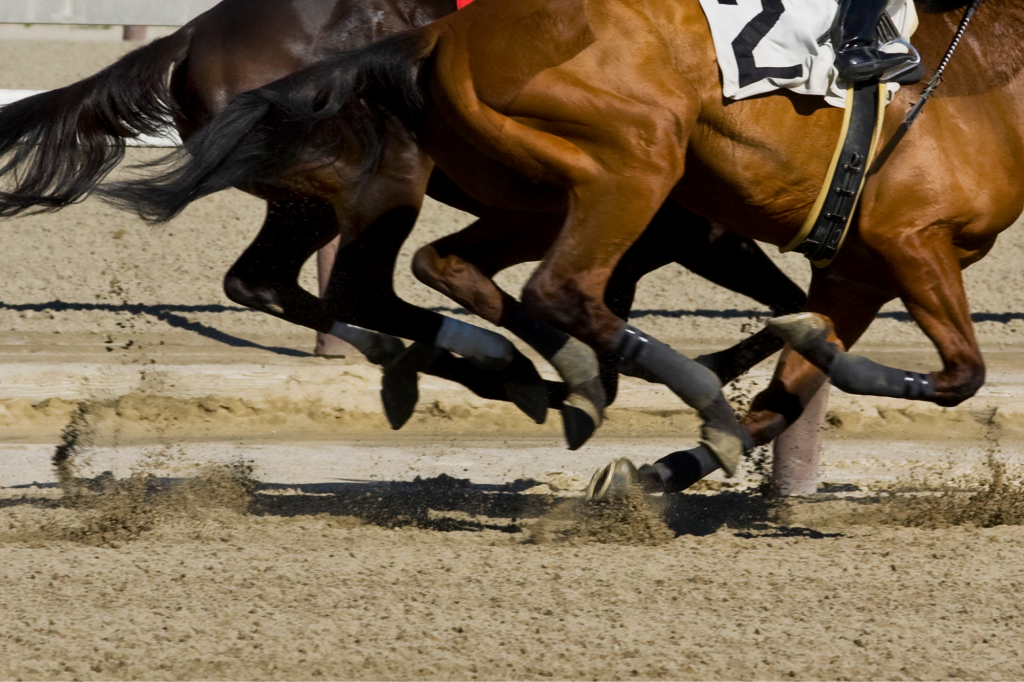
First cause of poor performance in the horse: integrity of the gastric mucosa
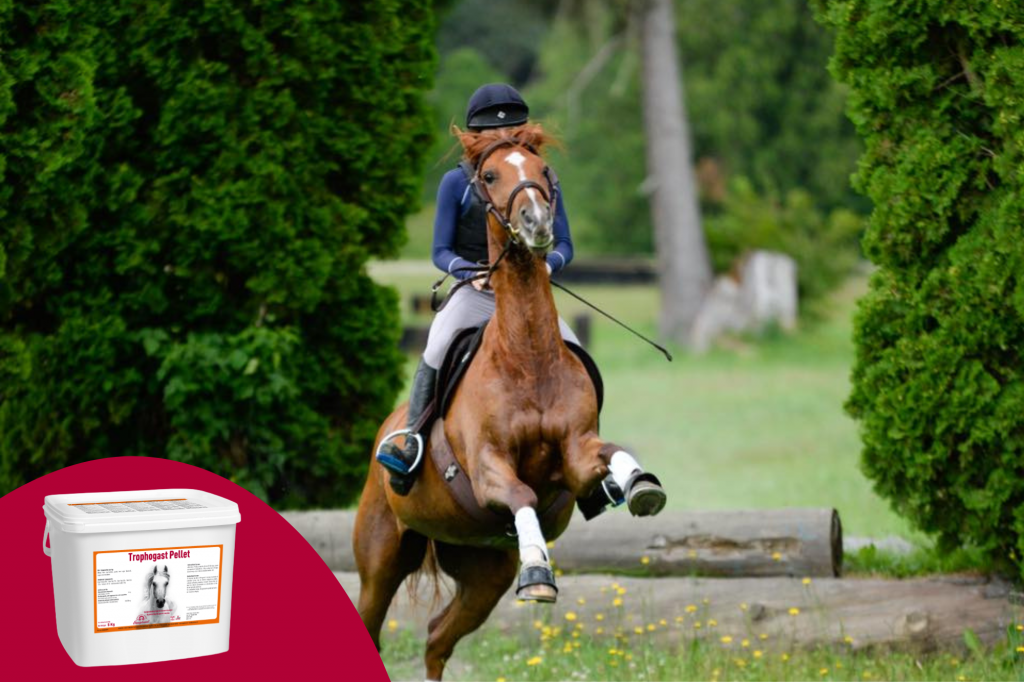
Problems related to the integrity of the gastric mucosa are the main reasons for poor performance in horses. Poor performance may also be the only manifestation of a stress reaction, which is why it is essential in the horse to use complementary feeds that have been shown through field studies to be effective in promoting healing of moderate ulcers, such as Trophogast Pellet.

The introduction of complementary feeds with gastro-protective activity is not sufficient if management changes are not undertaken such as reducing shodding, increasing meal frequency, decreasing the starch quota in the ration, through the introduction of a complementary feed with high fibre and fat content, such as Fat Fiber.
Poor performance in horses and respiratory problems
The second cause of poor performance is respiratory, due to the anatomical conformation of the airways that characterises the horse. The horse only breathes through the nose, the upper airways are narrow and there is a lot of distance between the nose and lungs. This makes it difficult to move the air column in and out. Shortness of breath, fatigue during performance and prolonged recovery after exercise are common complaints.

An inadequate level of training can induce these complaints, so action must be taken during athletic preparation in the first place. The upper airways are most frequently affected by resistance during exercise and abnormal breathing noises may also be heard. To promote physiological breathing, a complementary feed containing essential oils with balsamic properties such as Jodoresp can be administered in combination with good exercise.
The third cause of poor performance in the horse: muscular efficiency
The third cause of poor performance in the horse, but for some it is even in second place, is muscular. For physical activity to be maximised there must be both strength and speed of muscle contraction. Muscle fatigue may be primary or secondary to other causes, e.g. orthopaedic or cardio-vascular.
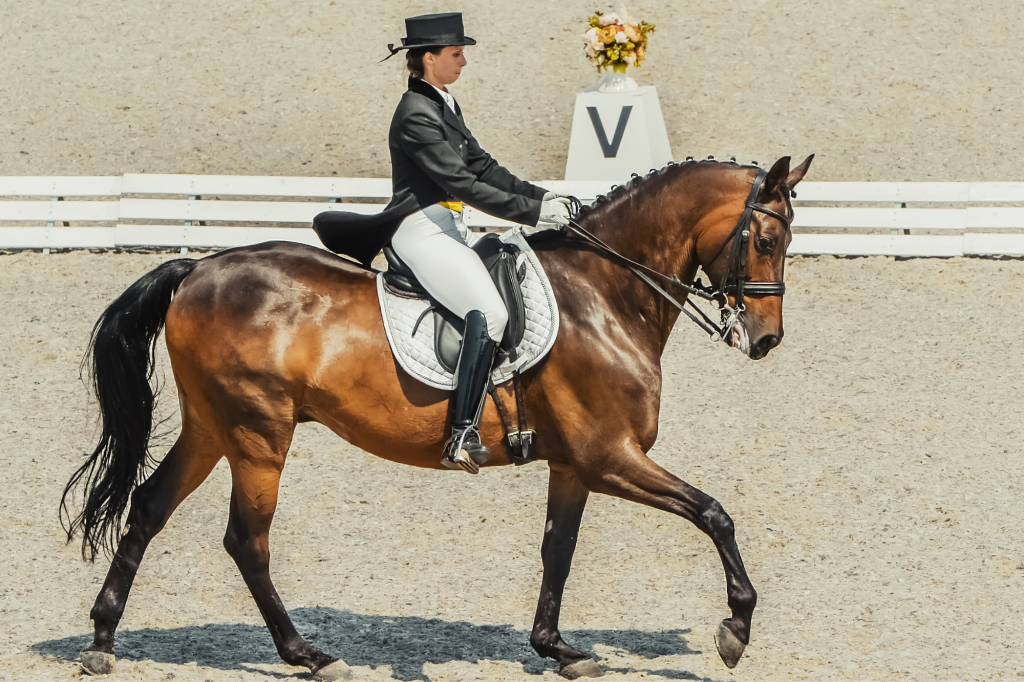
Muscle contraction capacity depends on the fibres and in particular the proteins that make them up, sprinters and endurance horses have different muscle fibre development (fast and slow twitch) and it is training that promotes fibre development.
Causes of muscle fatigue:
The mechanisms causing physical exhaustion in particularly intense exercise are different from those that may result from longer duration exercise at moderate intensities.
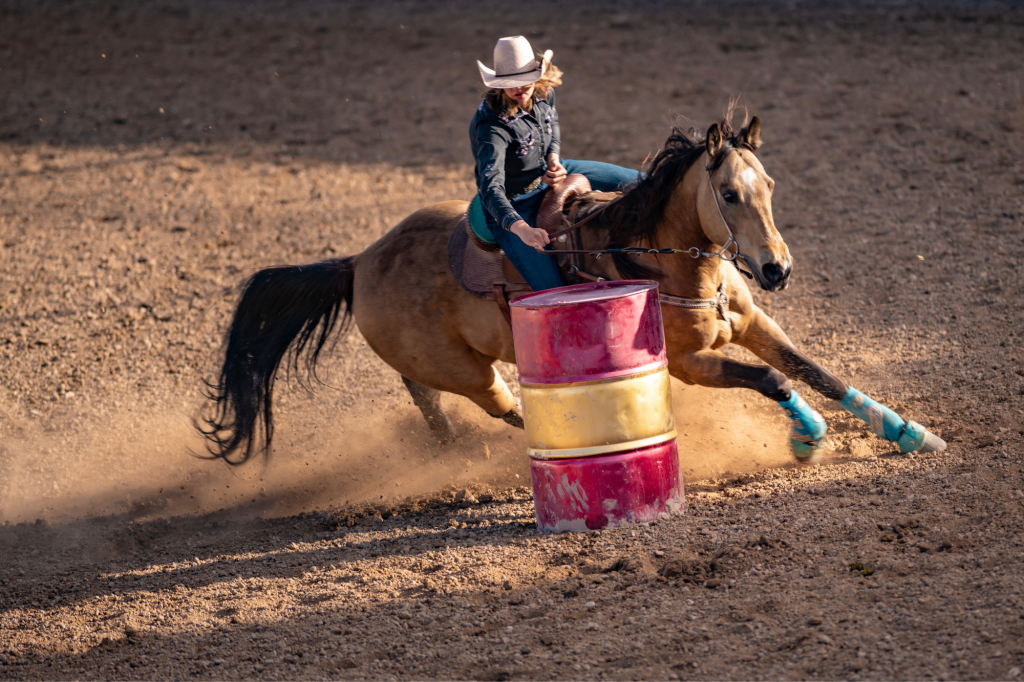
Lactic acid accumulation: affects horses engaged in intense exercise, there is a lowering of muscle pH to values of 6.5-6.3 with inhibition of both the utilisation of calcium in the muscle relaxation phase and the activation of enzymes necessary for ATP synthesis.
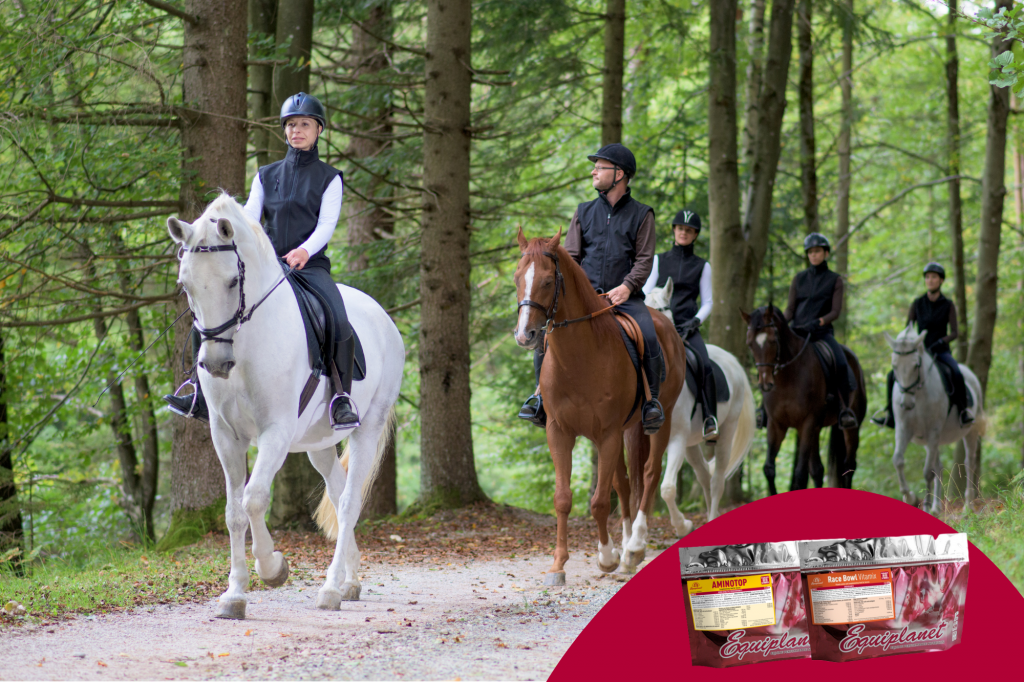
Muscle glycogen depletion: responsible for fatigue in endurance exercises with depletion of energy reserves. In endurance exercises, such as endurance, the causes are both glycogen depletion, glucose depletion, but also excessive loss of electrolytes and water through sweat, and hyperthermia. In contrast, the accumulation of lactic acid in this case is very limited.
In view of this, it is important to choose the most useful complementary feed to meet the energy needs of the horse with the best efficacy, depending on its activity.
Lactic acid products such as Muscle Racing, Lacta Aid and No Acid, are useful for horses undergoing intense exercise, while other products with energy purposes such as Race Bowl Vitamix are more useful in horses with predominantly aerobic exercise.

“More than 80% of the energy generated by metabolism is dissipated as heat during exercise. To aid evaporation, the bloodstream is diverted to the skin to allow better perfusion, at the expense of muscle perfusion”.
What is overtraining?
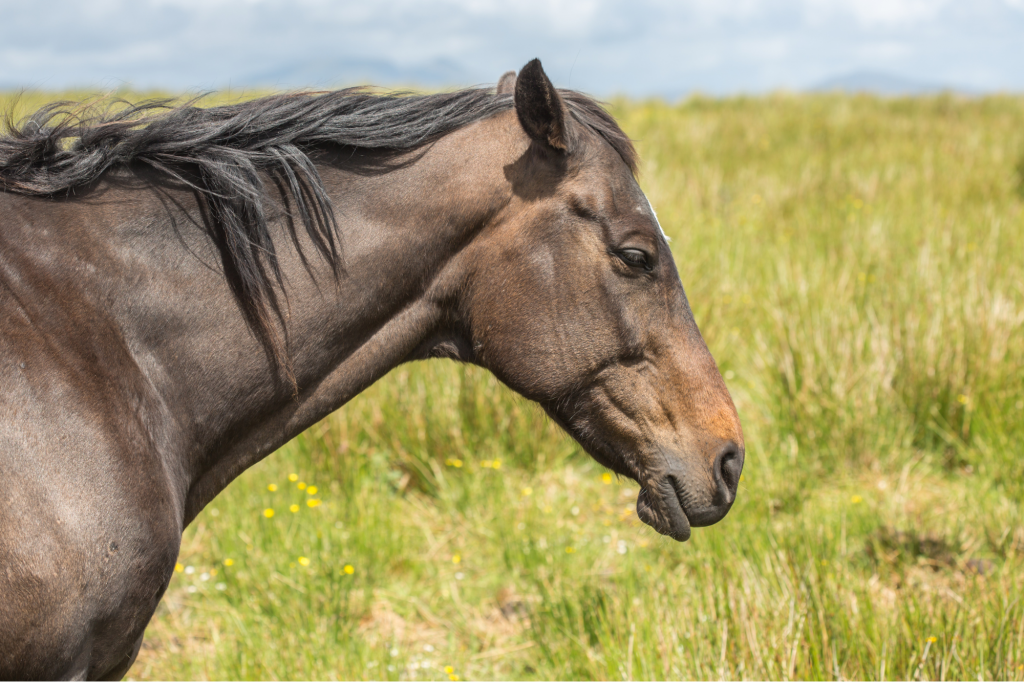
Overtraining is a cause of poor performance that occurs when there is an imbalance between training and recovery. This manifests itself in chronic fatigue, poor performance, depression and changes in the horse’s attitude. In this case of poor performance, poor performance is always accompanied by a psychological change. In these cases, it is necessary to reduce work loads and modify the horse’s management, respecting its ethology as much as possible.
Why is the horse a good athlete? How can training improve performance?
The essential characteristic of the horse is that it is able to obtain energy for locomotion from its aerobic metabolism in greater quantities and for longer periods of time than other species. In fact, the horse has a particularly high anaerobic threshold, which can be positively influenced by training: the horse’s skeletal muscle contains abundant reserves of glycogen, it has a higher concentration of mitochondria per unit of muscle mass than humans and a higher percentage of muscle mass than other animal species.
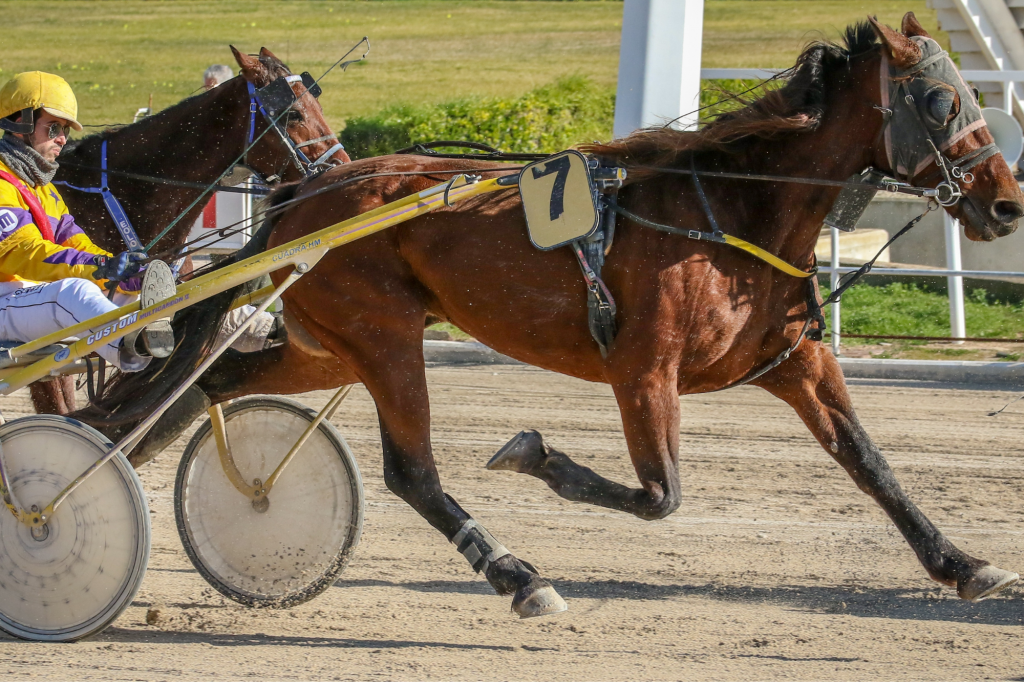
Il cavallo ha una capacità aerobica superiore anche all’uomo e, quando viene sottoposto ad esercizi massimali, è in grado di aumentare il consumo di ossigeno di circa 40 volte rispetto ai valori di riposo.
Cavalli allenati hanno una maggiore capacità aerobica e durante un lavoro ad alta intensità producono meno lattato di un cavallo non adeguatamente allenato. Per questi motivi l’allenamento volto ad innalzare la soglia aerobica permette al cavallo di compiere migliori prestazioni.
Poor performance in the horse and dehydration
Con la consapevolezza che le perdite di liquidi, attraverso il sudore, sono necessarie per sostenere il raffreddamento termoregolatorio, non si può e non si deve tentare di evitare che si verifichino perdite di elettroliti e di acqua. Pertanto, il sudore è necessario e la disidratazione è di certo la causa di poor performance che riguarda tutte le discipline.
Il cavallo dovrebbe arrivare in competizione ben idratato e perciò l’utilizzo dei sali minerali deve essere costante. La combinazione di alte concentrazioni di elettroliti e alti tassi di sudorazione, che caratterizzano il cavallo, si traduce in quantità molto elevate di elettroliti persi, rispetto all’uomo, durante i periodi di stress da calore. In molte discipline equestri, queste importanti differenze tra cavalli ed esseri umani continuano a essere sottovalutate.
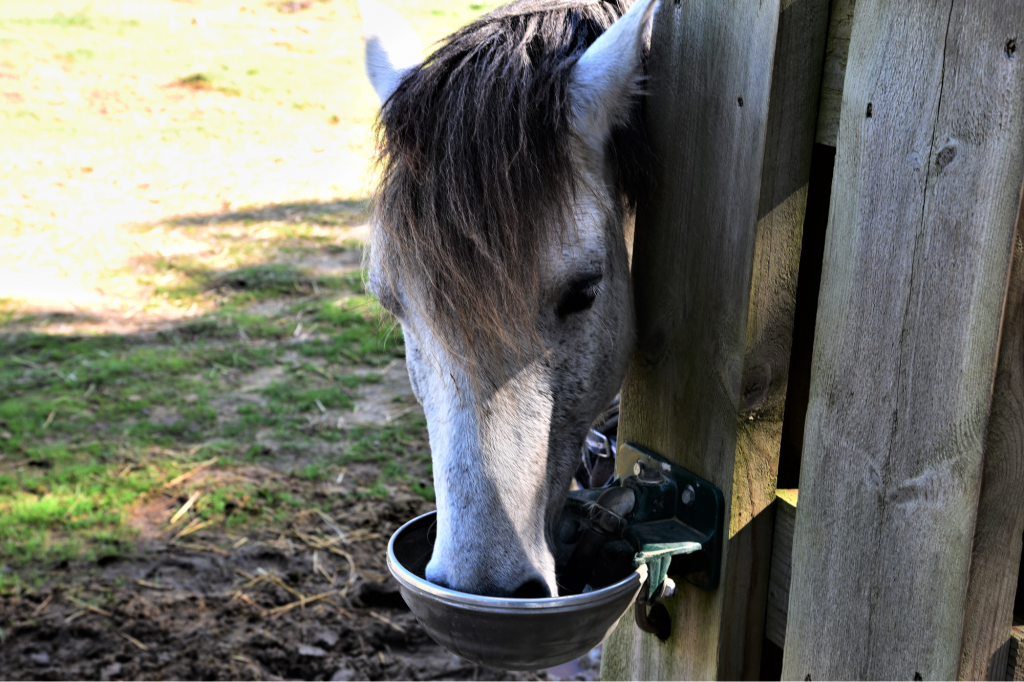
The result is that thousands of horses engaged in training, competition and transport are subjected to moderate to severe, life-threatening periods of dehydration and heat stress. Consuming only water in an attempt to rehydrate will only dilute body fluid compartments, causing renal excretion of water along with other electrolytes. Research conducted over the last 30 years confirms the need for effective oral electrolyte supplementation in horses in general and in sport horses in particular.
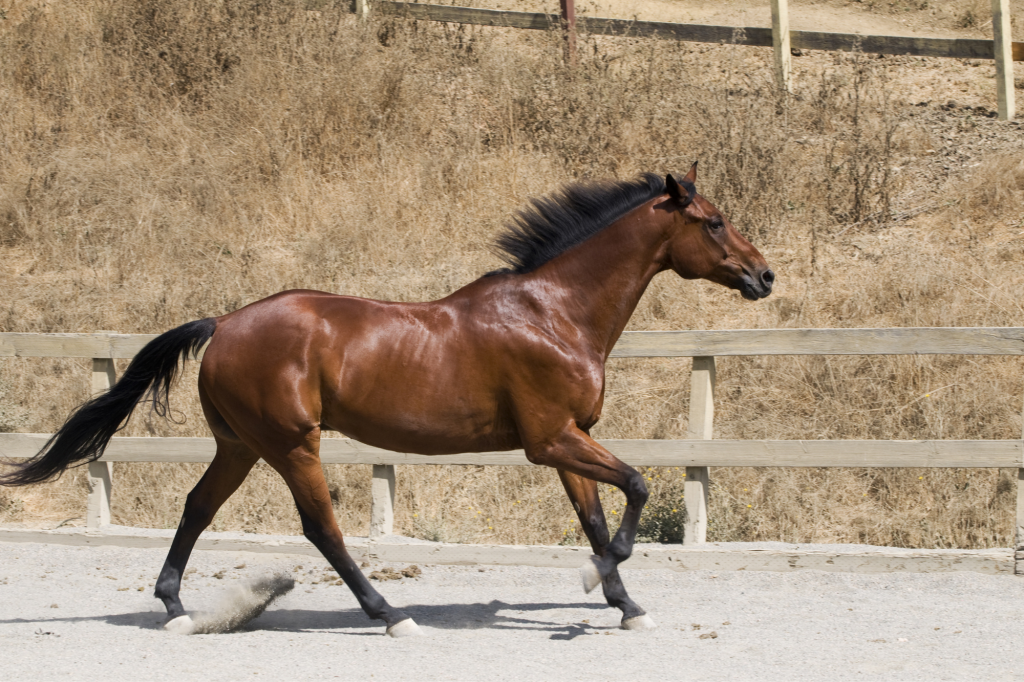
Losses of water and electrolytes increase in proportion to the increasing difficulty of the terrain, increasing environmental temperature and the speed of the horse
The term dehydration has traditionally been applied to fluid loss of 3% or more of body mass, i.e. 15 L for a 500 kg horse. Manifestations of dehydration include muscle weakness, increased heart rate, increased respiratory rate, altered mental functions, muscle fasciculations, loss of skin elasticity and reduced cardiac recovery rate.
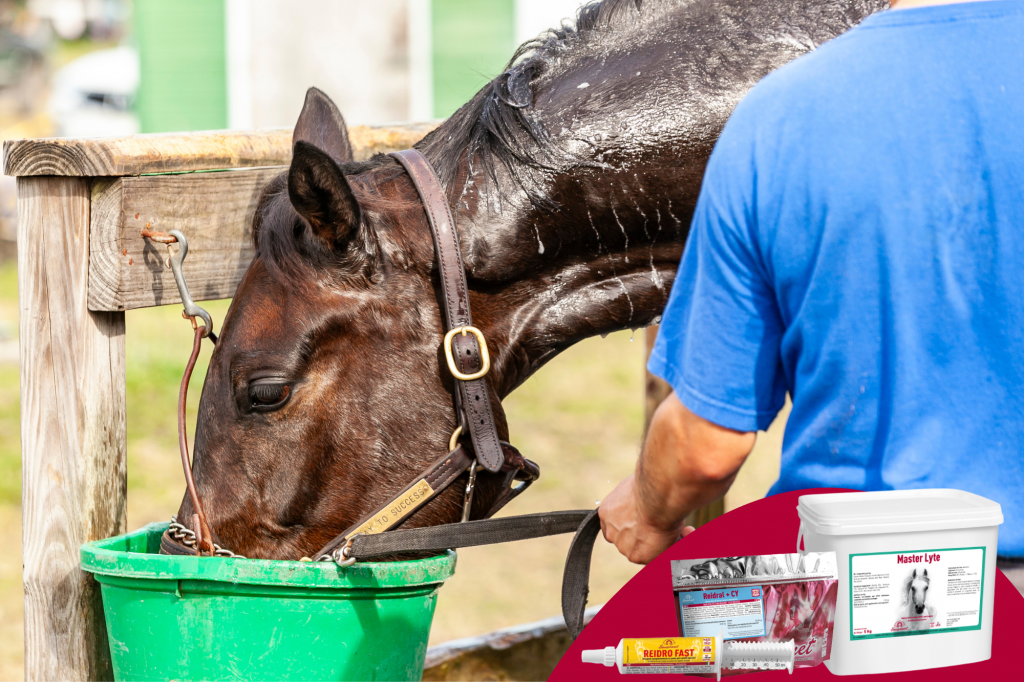
The strategy for proper hydration is therefore to find a way to effectively replace electrolytes and water at the same rate as they are lost by the body during prolonged periods of transport and exercise (greater than 1 hour) or during the recovery periods of short-term exercise in high ambient temperatures. The main objective of effective electrolyte supplementation is to replace, in the right proportions and quantities, the electrolytes and water lost through sweating. This can be implemented, depending on the work done, with the use of complementary feeds containing balanced mineral salts such as Reidral CY, Master Lyte or Reidro Fast.
Other causes of poor performance in horses

Other, no less unimportant causes of poor performance concern the neck: muscular lesions in this location cause poor athletic performance, often manifested by abnormal neck posture, stiffness or mottled sweating, signs that must be taken into consideration to improve its elasticity, flexion and extension capacity. If stiffness is the problem, it can be counteracted with products based on antioxidants and substances that improve lactic acid metabolism, such as Muscle racing new.
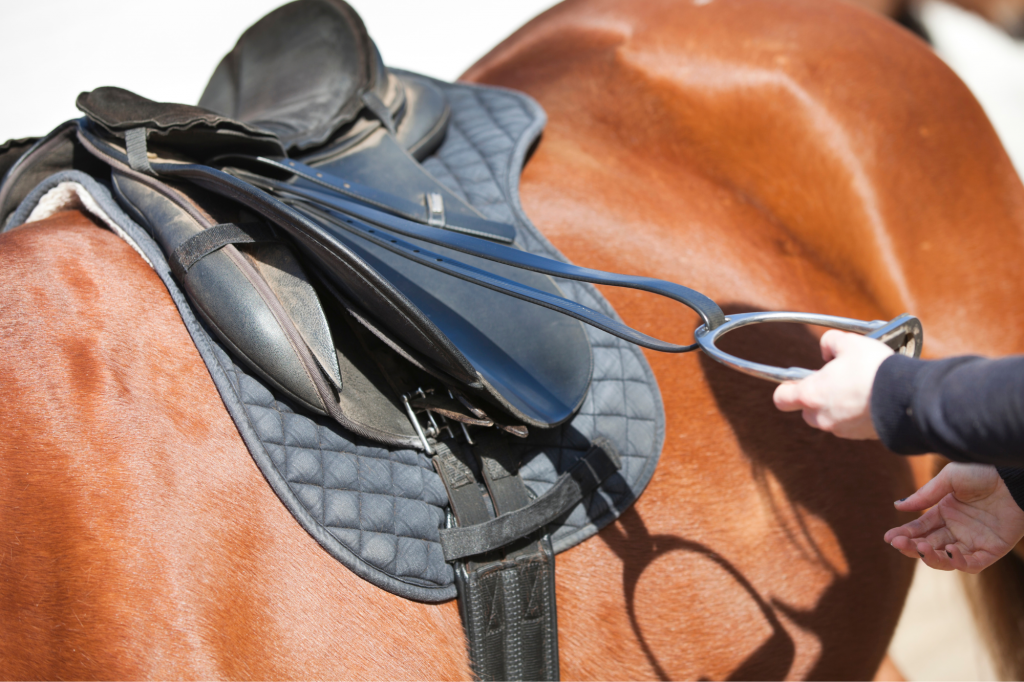
Finally, not all causes of poor performance concern horses, but include rider- and/or saddle-related factors and their interactions remain difficult to determine. Rider-related factors such as incorrect posture, inability to ride in rhythm with the horse, inadequate working of the horse, and saddle-related factors such as poor fit causing focal areas of increased pressure, can all contribute to poor performance to varying degrees.
If you require further information, please do not hesitate to contact us, write us at info@equiplanet.it
Bibliography – The main causes of poor performance in horses
- Effects of a nutraceutical supplement in the management of mild equine squamous gastric disease in endurance horses. CM Lo Feudo, 2021
- Equine gastric ulcer syndrome in adult horses. Robin van den Boom, 2022
- Exercise Intolerance and Poor Performance in Western Performance and Sprint Horses. C N Kobluk, 1996
- Upper respiratory causes of exercise intolerance. Beard W, 1996
- Muscular causes of exercise intolerance in horses. S J Valberg, 1996
- The horse-saddle-rider interaction. Line Greve, 2013
- Poor performance and field evaluation of the respiratory system. Andrews FM, 1997
- The association between exercise-induced pulmonary haemorrhage and race-day performance in Thoroughbred racehorses. Crispe EJ, 2017
- How to Perform a Nutritional Assessment in a First-Line/General Practice. Hesta M, 2021
- Cardiovascular Response to Exercise and Training, Exercise Testing in Horses. Navas de Solis C, 2019
- Pulmonary function measurements immediately after exercise are correlated with neutrophil percentage in tracheal aspirates in horses with poor racing performance. Evans DL, 2011
- Exercise-associated rhythm disturbances in poorly performing Thoroughbreds: risk factors and association with racing performance. Marr CM, 2021
- Respiratory mechanics in Standardbred horses with sub-clinical inflammatory airway disease and poor athletic performance. Pirrone F, 2007
- Clinical evaluation of poor performance in the racehorse: the results of 275 evaluations. E A Morris, 1991
- Lesions of the equine neck resulting in lameness or poor performance. Sue J Dyson, 2011
- Is it poor or loss of performance?: the science of explanation. Pilsworth R, 1998
- Oral Electrolyte and Water Supplementation in Horses. Lindinger MI, 2022

